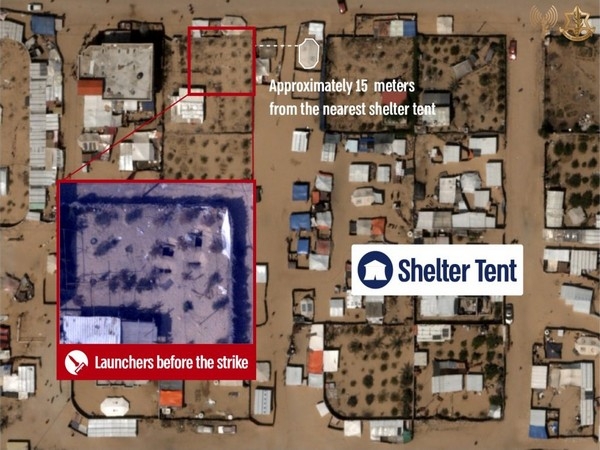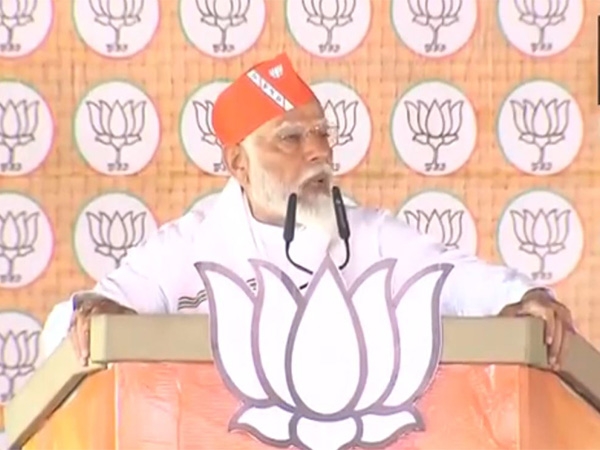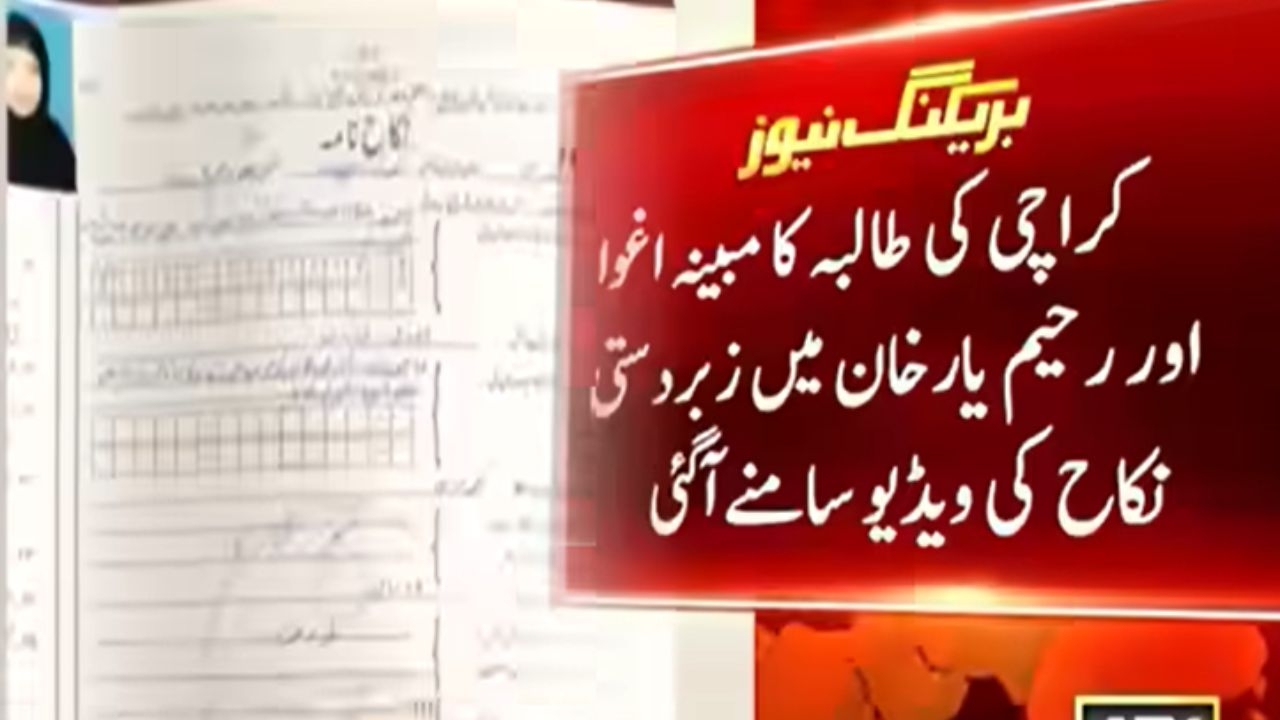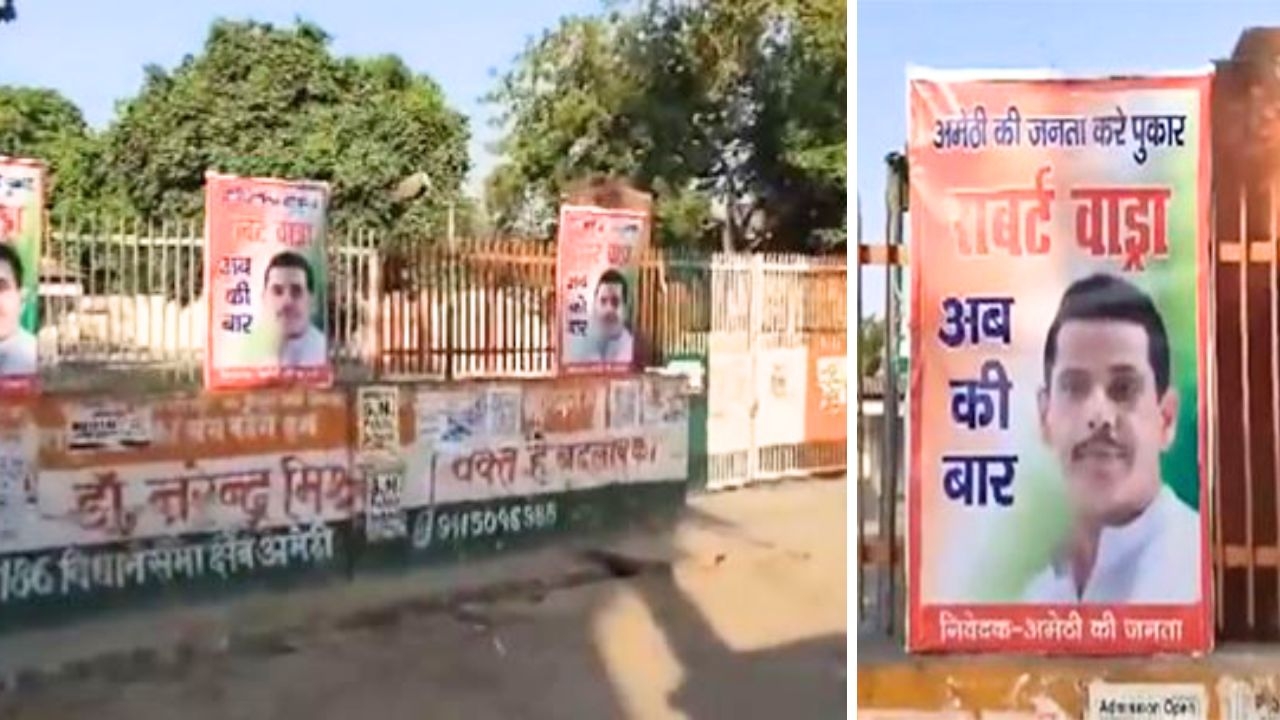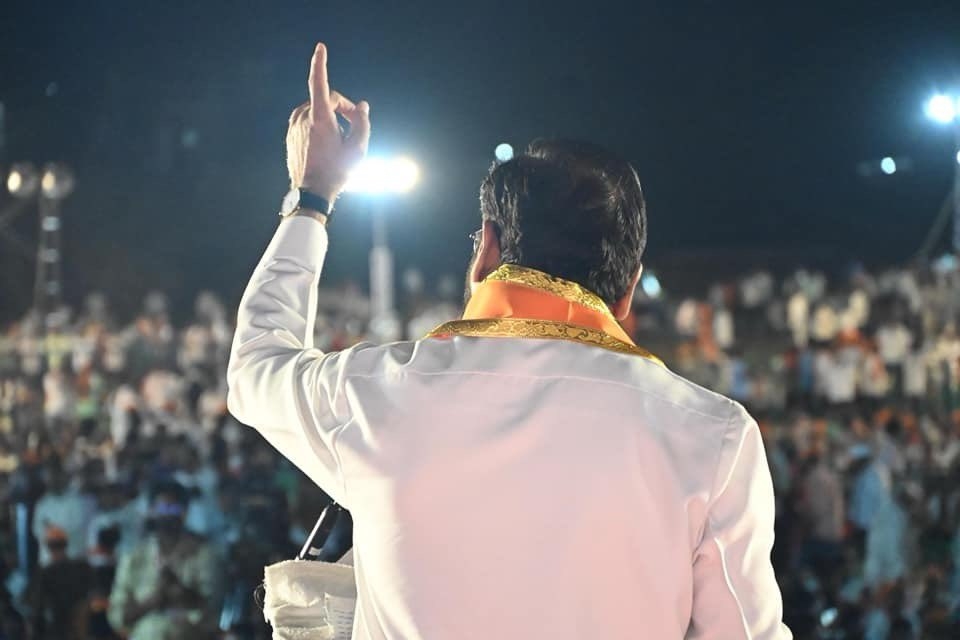
In a landmark judgement, which has come as a breather to Uttarakhand Chief Minister Harish Rawat, the state's High Court has set aside President's rule in the state after hearing a plea for four consecutive days.
The court has allowed Rawat's plea, challenging the Centre's decision regarding the rule.
However, this is not the first time that the judiciary has taken decisions related to Article 356 of the Constitution of India.
As per the Indian constitution, Article 356 - also referred to as the 'President's Rule', is invoked if there has been a failure of the constitutional machinery in any state of India. During President's Rule, the Governor has the authority to appoint retired civil servants or other administrators, to assist him in governing the state.
Here are some landmark cases involving the provisions laid down in the Article 356 -
Also read-
1) S. R. Bommai v. Union of India, [1994]
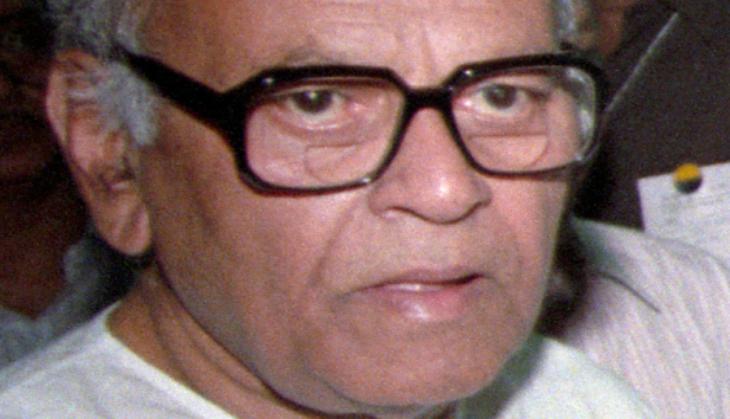
This was one of the prominent cases where the Court discussed at length provisions of Article 356 while laying down structure roles of the President and Governor in the federal set up.
In April 1989, Karnataka Chief Minister S R Bommai requested Governor P Ventakasubbiah for an opportunity to prove his majority in the Assembly as the leader of the Janata Dal Legislature Party. It was denied, and Bommai's government was dismissed. Ultimately, the matter reached the Supreme Court.
The judges on the case rejected the argument that the President had unrestricted power to issue a proclamation under Art. 356. Justice Ramaswamy cautioned that Art. 356 should never be used for political gain or to get rid of an inconvenient state government. Frequent elections would belie people's faith in the parliamentary system, he said and warned that loss of belief in the democratic process would sound the death-knell for the parliamentary system.
The Supreme court also laid down certain guidelines so as to prevent the misuse of A356 of the constitution-
- The majority enjoyed by the Council of Ministers shall be tested on the floor of the House.
- Centre should give a warning to the state and a time period of one week to reply.
- The court cannot question the advice tendered by the CoMs to the President but it can question the material behind the satisfaction of the President.
- If there is an improper use of A356 then the court will provide remedy.
- Under Article 356(3) it is the limitation on the powers of the President. Hence, the president shall not take any irreversible action until the proclamation is approved by the Parliament i.e. he shall not dissolve the Assembly.
- A356 is justified only when there is a breakdown of constitutional machinery and not administrative machinery.
2) Bihar, 2005
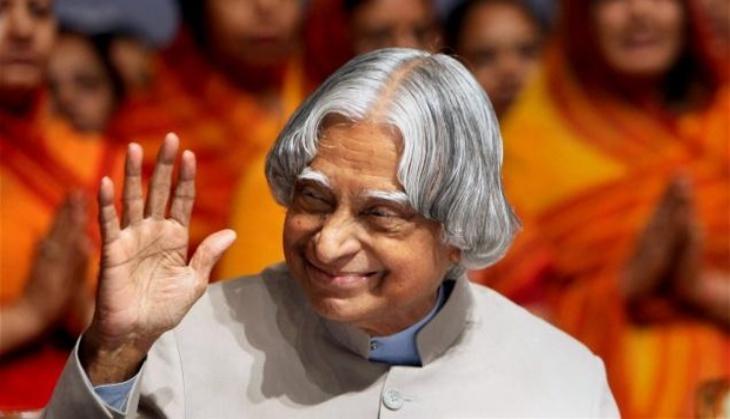
In 2005, former President A. P. J. Abdul Kalam signed a proclamation imposing President's Rule in Bihar on 23 May 2005, while on a tour of Russia following a recommendation by state Governor Buta Singh. The Supreme Court reversed the dissolution of the Bihar Assembly, describing it as unconstitutional. It was said that Kalam wanted to overcome his sense of remorse by putting in his papers, but ultimately decided to stay on.
3) Uttar Pradesh, 1997
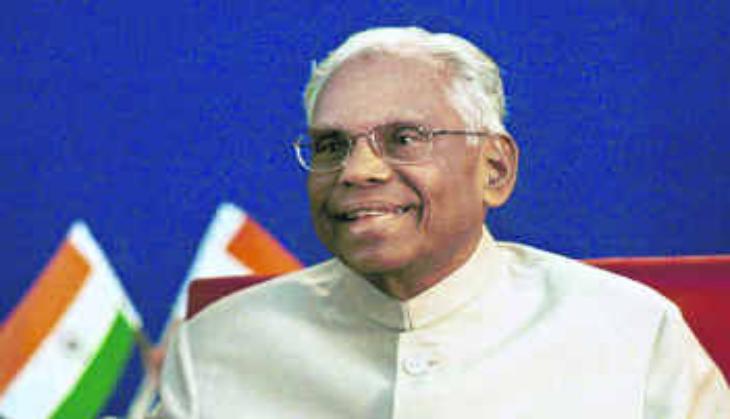
In October 1997, the use of President's Rule almost led to a constitutional crisis between the President and the United Front government.
The crisis arose in October 1997 when the Bhujan Samajwadi Party in UP reneged on its power-sharing agreement with the BJP and the Kalyan Singh ministry.
Ramesh Bhandari , the then UP Governor gave Singh 48 hours to prove his majority. Even after Kalyan Singh won the trust vote in the Assembly, the Governor recommended the imposition of President's Rule.
President K.R. Narayan returned the request to the Cabinet for reconsideration. United Front cabinet decided not to impose the President's Rule. This was the first time since independence that a President had acted independently in defence of the Constitution.
4) Andhra Pradesh, 1983
Andhra Pradesh had been a Congress bastion since independence. However, elections held in Andhra Pradesh in 1983 saw Telugu Desam Party's NT Ramarao sworn in as Chief Minister. Using the Governor, Ram Lal, ex-CM of Himachal Pradesh, the then Prime Minister Indira Gandhi planned a rebellion against NT Ramarao.
As NT Ramarao proceeded for a bypass surgery in the US, the Governor, ostensibly acting on Indira's directions, had Nadenla Bhaskar Rao, a Cabinet Minister in NTR's government upstage him on 16 August.
The Governor then proceeded to sack NTR's government. NTR met President Gyani Zail Singh in New Delhi with his MLAs. In little over a month's time, the Central government was forced to reinstate NTR as Andhra Pradesh's Chief Minister.
First published: 21 April 2016, 6:25 IST


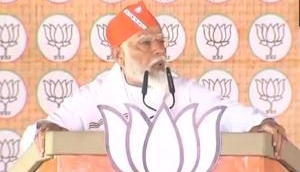
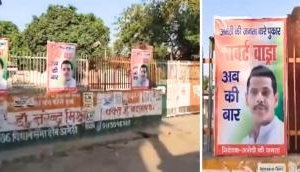
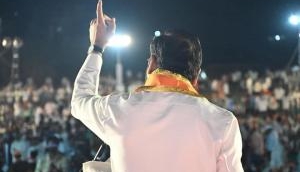

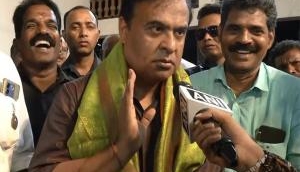
![BJP's Kapil Mishra recreates Shankar Mahadevan’s ‘Breathless’ song to highlight Delhi pollution [WATCH] BJP's Kapil Mishra recreates Shankar Mahadevan’s ‘Breathless’ song to highlight Delhi pollution [WATCH]](http://images.catchnews.com/upload/2022/11/03/kapil-mishra_240884_300x172.png)

![Anupam Kher shares pictures of his toned body on 67th birthday [MUST SEE] Anupam Kher shares pictures of his toned body on 67th birthday [MUST SEE]](http://images.catchnews.com/upload/2022/03/07/Anupam_kher_231145_300x172.jpg)


